Fish aquariums serve as captivating and serene additions to any home, providing a slice of underwater magic. These living artworks can be a source of relaxation and fascination, offering a therapeutic escape from the hustle and bustle of daily life.
In this comprehensive guide, we'll walk you through the essential steps of setting up, maintaining and decorating a fish aquarium for beginners. From selecting the right tank and equipment to caring for your fish and maintaining water quality, this blog will equip you with the knowledge and confidence to embark on your aquatic journey.
Selecting the Right Aquarium
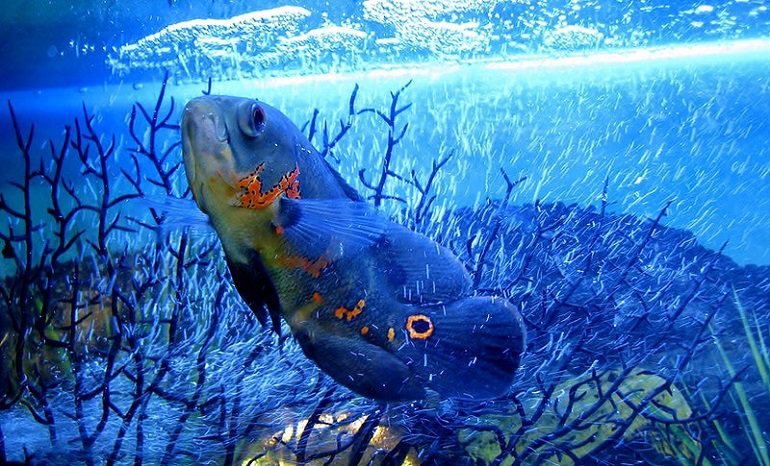
Tank size and space considerations
When choosing an aquarium, size matters. Consider the available space in your home and opt for the largest tank that fits comfortably. Larger tanks provide more stable environments and are often easier to maintain. Additionally, a larger tank offers more room for fish to swim and grow, enhancing their well-being and your viewing pleasure. Take measurements and plan the tank's placement carefully to ensure it complements your living space.
Glass or acrylic tank
Selecting the right material for your aquarium is crucial. Glass tanks are sturdy, scratch-resistant, and less prone to yellowing over time. They are an excellent choice for beginners. Acrylic tanks, on the other hand, are lighter, more impact-resistant, and offer better insulation. However, they are susceptible to scratches and may require special cleaning. Make your decision based on your preferences, budget, and maintenance capabilities.
Location and lighting
Determine a suitable location for your aquarium before setting it up. Avoid direct sunlight, as it can promote algae growth and temperature fluctuations. Invest in proper aquarium lighting to mimic natural daylight cycles, which are essential for fish and plant health. Adequate lighting enhances the overall aesthetic appeal of your aquarium and promotes the well-being of its inhabitants.
Essential Equipment
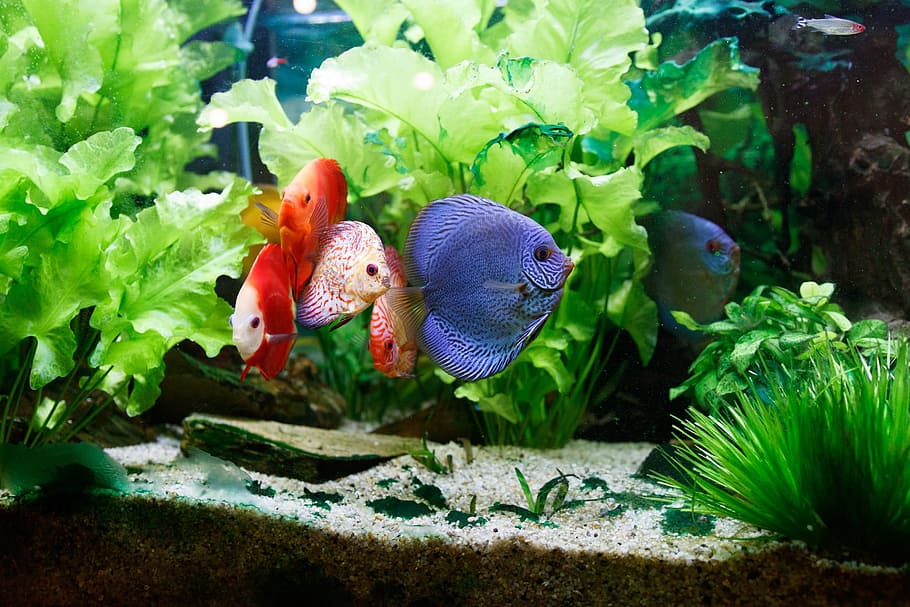
Filtration systems
Filtration is the heart of your aquarium's ecosystem. Consider installing a quality filtration system, which can be either internal or external. These systems remove waste and toxins, maintaining water clarity and quality. Beginners often opt for hang-on-back (HOB) filters due to their ease of use. Ensure the filter's capacity matches your tank size, providing adequate filtration without overwhelming your fish.
Heaters and thermometers
Maintaining a stable water temperature is vital for your fish's health. Depending on your fish species, invest in a reliable heater and thermometer. Submersible heaters are common and easily adjustable. Place the thermometer in a visible spot to monitor temperature changes, ensuring it remains within the ideal range for your fish.
Substrates and decorations
Choose substrates and decorations that enhance both aesthetics and functionality. Substrate options include gravel, sand, or specialized substrates for planted tanks. Select decorations that provide hiding spots for fish, such as caves and plants. Live plants not only add beauty but also improve water quality by absorbing excess nutrients and providing oxygen.
Testing kits and maintenance tools
Regular water testing is essential to monitor parameters like pH, ammonia, nitrites, and nitrates. Purchase reliable testing kits to ensure your aquarium's stability. Additionally, gather maintenance tools like algae scrapers, nets, and water siphons for routine cleaning and water changes. These tools will help you keep your aquarium in pristine condition and your fish healthy.
Choosing the Right Fish
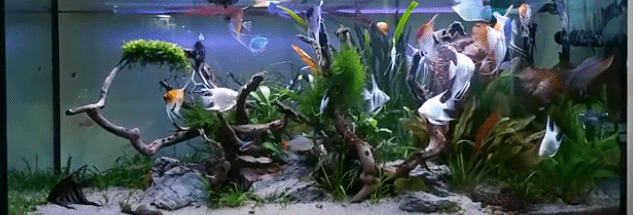
Researching fish species
Begin your aquarium journey by conducting thorough research on different fish species. Consider factors like size, temperament, and care requirements. Some species may be more suitable for beginners due to their hardiness and adaptability, while others require specific conditions and expertise. Explore various sources, consult with experienced aquarists, and create a list of fish that align with your interests and experience level.
Compatibility and community tanks
When selecting fish for your aquarium, it's crucial to ensure compatibility among species. Some fish are territorial or aggressive, while others are peaceful and prefer community settings. Research and choose fish that share similar water parameter needs and temperaments to prevent conflicts and promote a harmonious tank environment. Consider creating a community tank with a mix of compatible species for a visually appealing and diverse ecosystem.
Starting with hardy, beginner-friendly fish
As a beginner, it's wise to begin with hardy and forgiving fish species. Popular choices include Guppies, Neon Tetras, Platies, and Zebra Danios. These fish are resilient, relatively easy to care for, and can withstand minor water parameter fluctuations. Starting with these species will help you build confidence and experience before venturing into more challenging and specialized fishkeeping endeavors.
Setting Up the Aquarium
Adding substrate and decorations
Begin by carefully adding your chosen substrate, whether it's gravel, sand, or specialized aquatic soil. Create a pleasing layout with decorations, plants, and hiding spots for your fish. Ensure that everything is secure and balanced to create an aesthetically pleasing and comfortable environment for your aquatic companions.
Filling with water and cycling the tank
After setting up the substrate and decorations, fill the tank with dechlorinated water to the desired level. Cycling is a crucial step to establish a stable and healthy environment. Add a source of ammonia, like fish food or pure ammonia solution, and monitor ammonia, nitrite, and nitrate levels as the beneficial bacteria colonize the filter media. This process typically takes several weeks.
Installing the filtration system
Install your chosen filtration system according to the manufacturer's instructions. Ensure it's running smoothly and effectively. The filter will play a pivotal role in maintaining water quality by removing debris and converting harmful substances. Regularly check and clean the filter to keep it in optimal working condition for your aquarium's overall health.
Water Quality and Maintenance
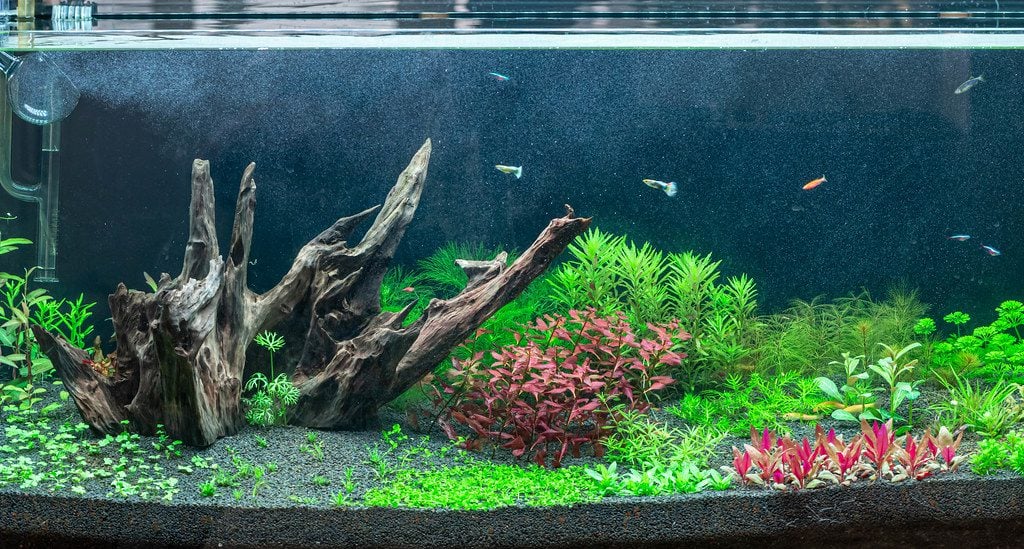
Regular water testing
Regularly test your aquarium water to monitor key parameters such as pH, ammonia, nitrite, and nitrate levels. Invest in a reliable water testing kit and follow the testing schedule. Tracking these parameters allows you to detect and address any issues promptly, ensuring a healthy environment for your fish.
Performing water changes
Routine water changes are essential to maintain water quality. Aim for weekly or bi-weekly partial water changes, replacing about 10-20% of the aquarium water. Use a siphon to remove debris from the substrate and replace it with dechlorinated water at the same temperature. This helps dilute harmful substances, refreshes essential minerals, and keeps your fish healthy.
Cleaning the tank and equipment
Regularly clean the interior glass, decorations, and equipment to prevent the buildup of algae and debris. Use a magnetic algae scraper or an aquarium-safe sponge to clean the glass. Rinse filter media in old tank water during water changes to preserve beneficial bacteria. Check and maintain equipment like heaters, filters, and air pumps as needed to ensure they function correctly.
Managing water parameters (pH, temperature, etc.)
Keep a close eye on water parameters like pH, temperature, and hardness. Ensure that these factors remain within the optimal range for your specific fish species. Make gradual adjustments if necessary, and avoid sudden fluctuations, as they can stress your fish. Use reliable equipment like heaters, thermometers, and pH test kits to maintain stable conditions.
Feeding and Nutrition Fishes
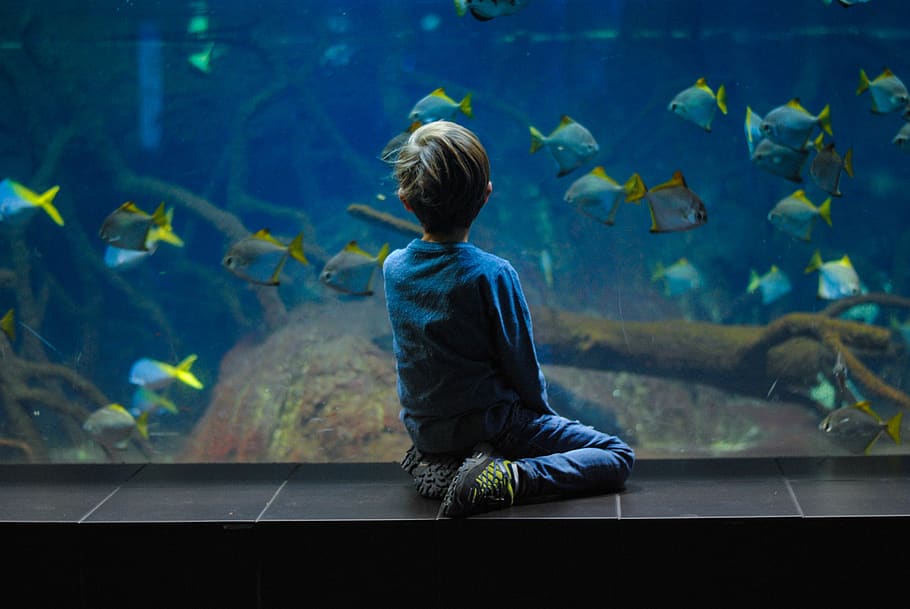
Understanding fish dietary needs
To provide the best care, it's crucial to understand the dietary needs of your fish species. Some fish are herbivores, others are carnivores, and some are omnivores. Research the specific requirements of your fish to ensure they receive a balanced diet that promotes their health and vitality.
Selecting appropriate fish food
Choose high-quality commercial fish foods that cater to the dietary preferences of your fish. Pellets, flakes, frozen, and live foods are common options. Consider rotating their diet to offer variety and ensure they receive essential nutrients. Avoid overfeeding, as excess food can lead to water quality problems.
Creating a feeding schedule
Establish a consistent feeding schedule to maintain your fish's health and prevent overfeeding. Most fish do well with one or two small feedings per day. Research the specific requirements of your fish species and adjust the feeding frequency accordingly. Monitor your fish during feedings to ensure they are eating and behaving normally.
Feeding and Nutrition
Understanding fish dietary needs
To provide the best care, it's crucial to understand the dietary needs of your fish species. Some fish are herbivores, others are carnivores, and some are omnivores. Research the specific requirements of your fish to ensure they receive a balanced diet that promotes their health and vitality.
Selecting appropriate fish food
Choose high-quality commercial fish foods that cater to the dietary preferences of your fish. Pellets, flakes, frozen, and live foods are common options. Consider rotating their diet to offer variety and ensure they receive essential nutrients. Avoid overfeeding, as excess food can lead to water quality problems.
Creating a feeding schedule
Establish a consistent feeding schedule to maintain your fish's health and prevent overfeeding. Most fish do well with one or two small feedings per day. Research the specific requirements of your fish species and adjust the feeding frequency accordingly. Monitor your fish during feedings to ensure they are eating and behaving normally.
Final Words
In conclusion, maintaining a home fish aquarium can be a rewarding and enchanting experience, offering a glimpse into the captivating underwater world. This beginner's guide has equipped you with essential knowledge to embark on your journey successfully.
From selecting the right tank and equipment to caring for your fish, monitoring water quality, and addressing common issues, you are now well-prepared to create a thriving aquatic ecosystem. Remember that patience, dedication, and ongoing learning are key to the long-term success of your aquarium.




